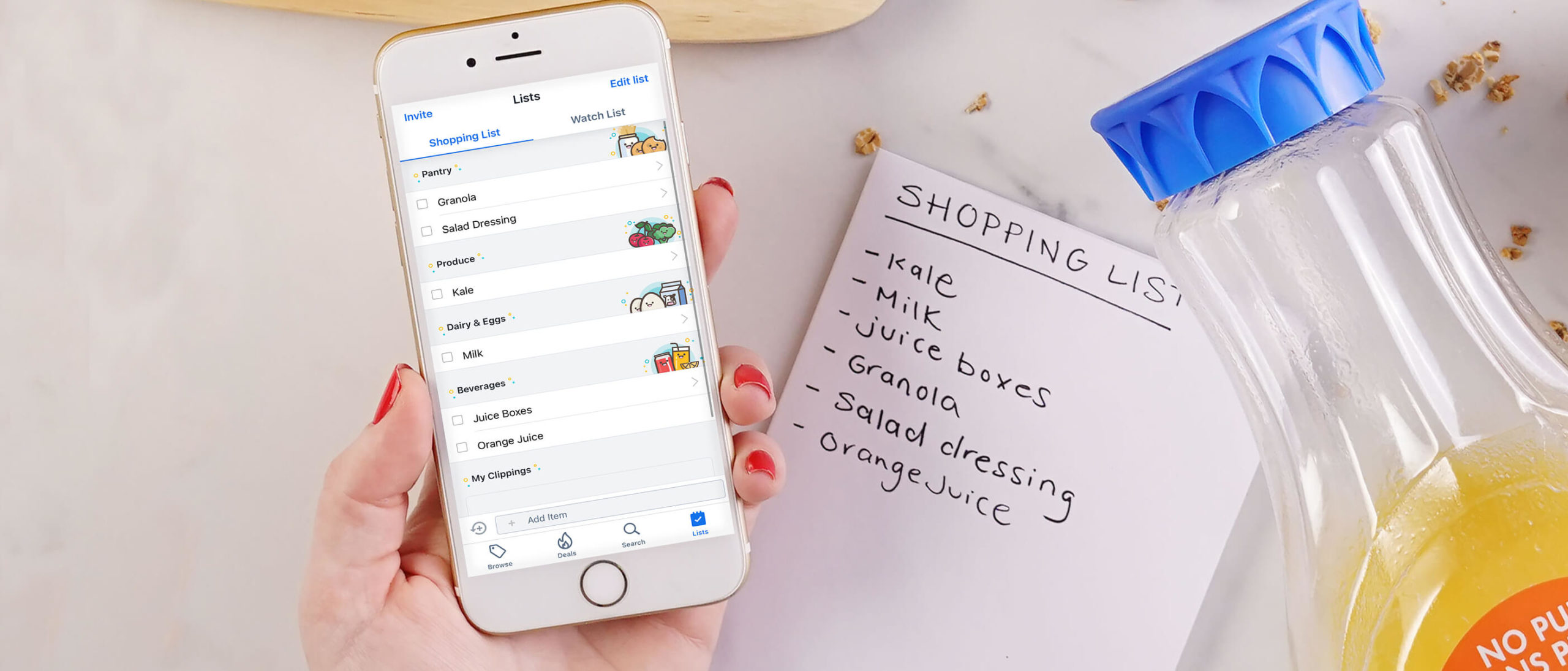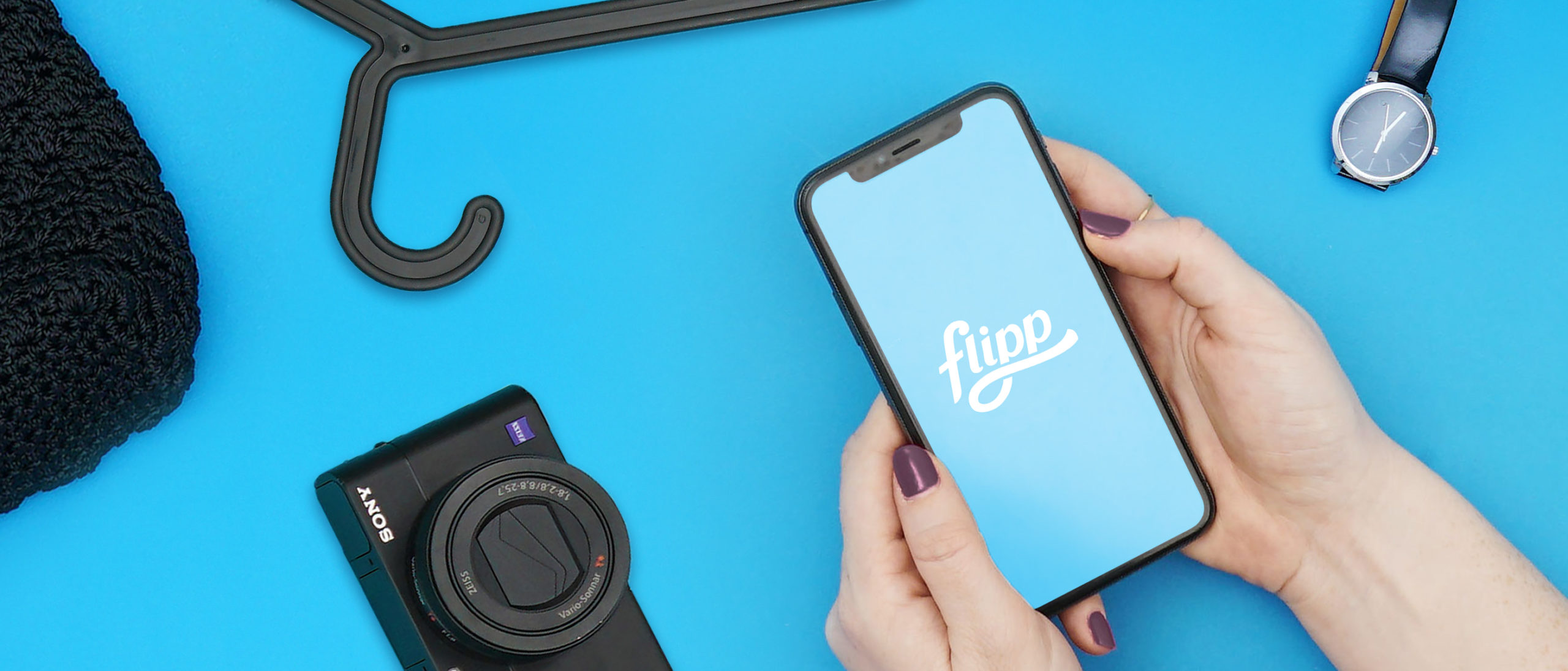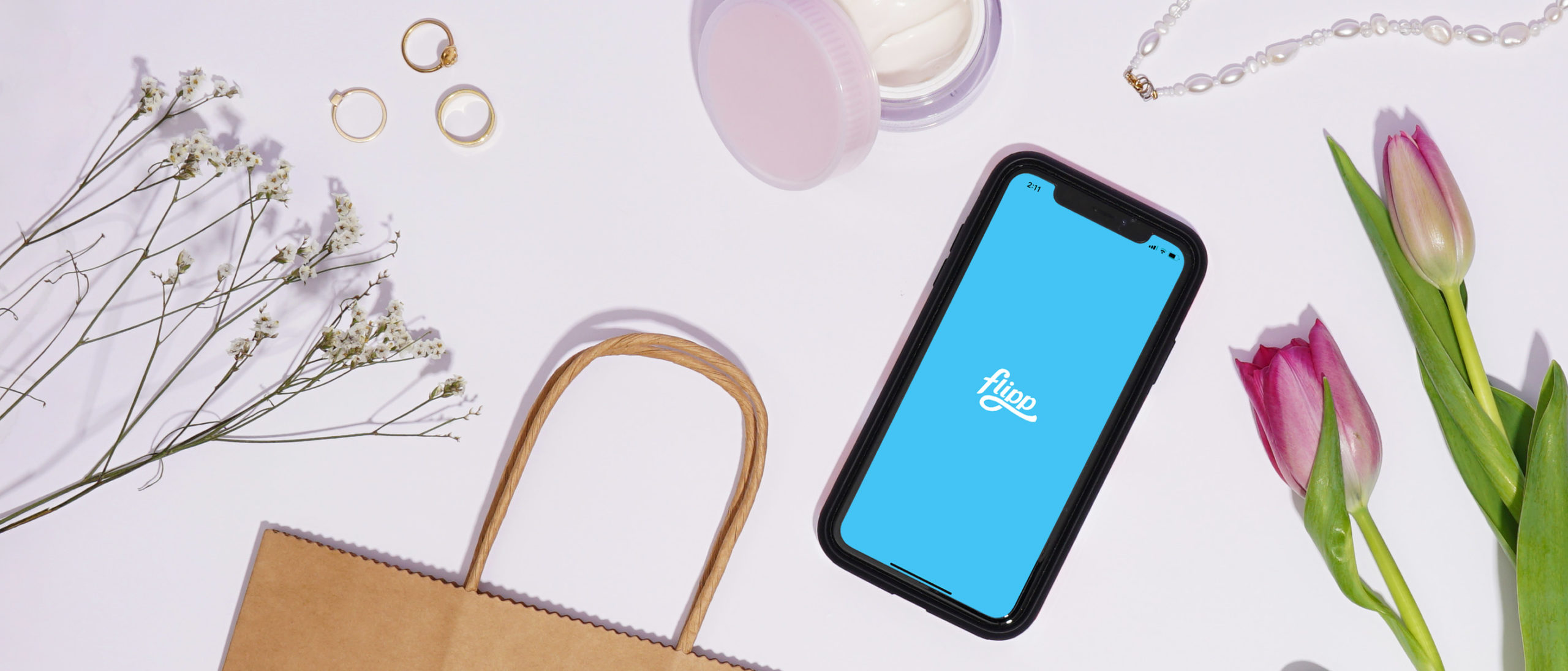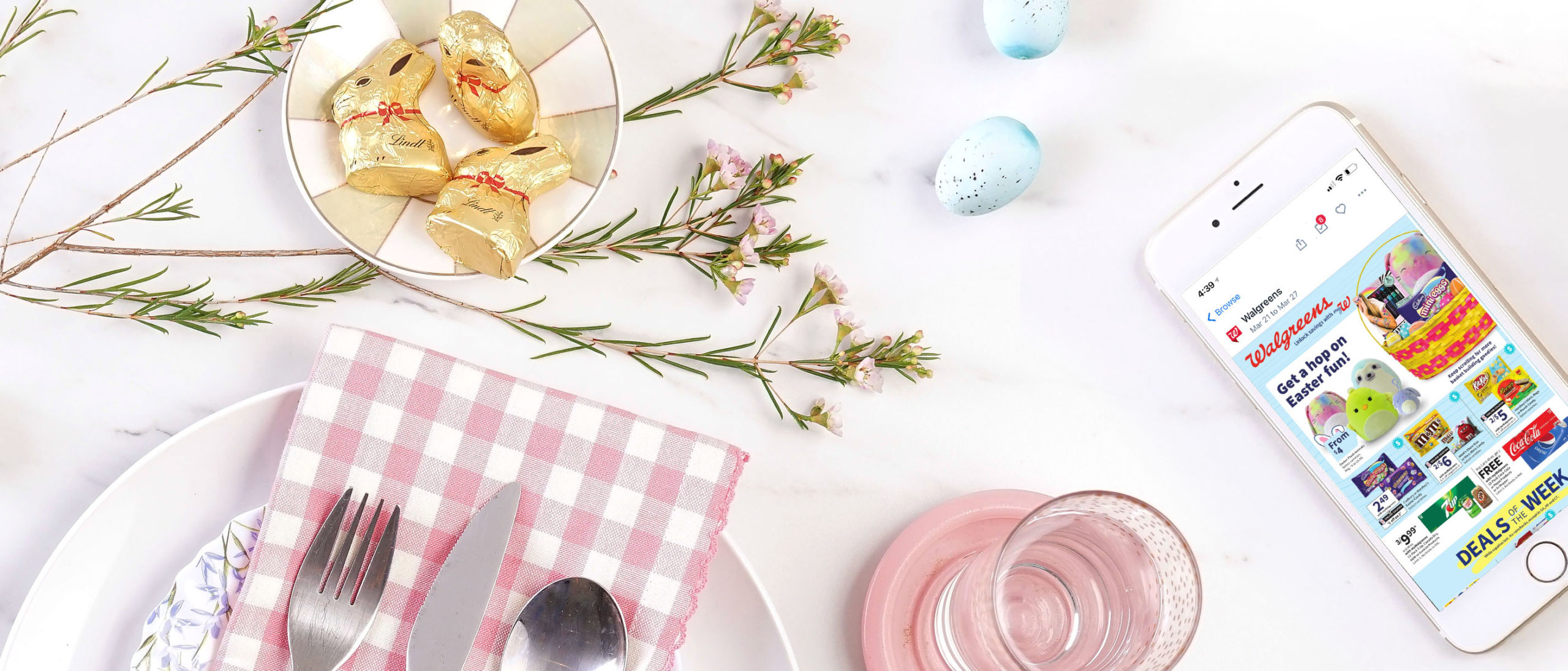At Flipp, we have a team of dedicated researchers to help improve the shopping experience for our users. Our mission is to make life more affordable by helping shoppers provide for their families, which means that learning everything we can about the families that rely on Flipp’s deals and savings is a must.
Through interviews and surveys completed by Flipp users and the general population, we’ve learned that shopping lists are a very important part of the planning and shopping journey, especially when sticking to a budget.
Today we’re chatting with one of Flipp’s research analysts, Uma Manickavasagar, to learn more.
Q: Flipp’s focus is digital flyers. What role does a shopping list play in the Flipp ecosystem?
Uma: There are many reasons for making a shopping list; staying organized and being reminded of what to buy are the most obvious, but there are also more goal-oriented reasons like tracking spending and being more time-efficient while shopping. We know that Flipp users make a shopping list before their trip to a grocery store, with 70% of them writing a list on a weekly basis before even looking at flyers. After creating a list, shoppers will look at flyers on the Flipp app to compare prices and then plan their shopping trip accordingly.
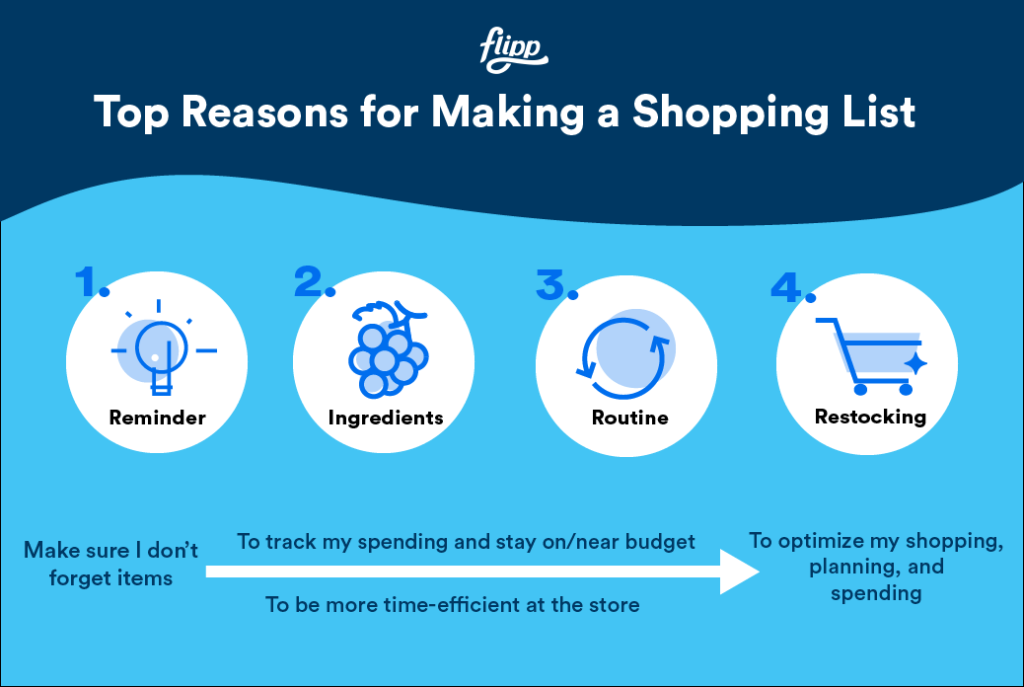
Q: Most people create a list for groceries, but what other items make it on the list?
Uma: You’re correct in saying that the majority of items on people’s shopping lists are grocery-related, but there are other categories that are just as important. The second largest category we see is household essentials. This includes things like paper products, cleaning supplies, laundry detergent, and so on. Then we have health and beauty, including pharmacy and personal care items. In a nutshell, high-frequency retail items make up the majority of the shopping list, which is also Flipp’s strongest content category.
Q: Seeing how important shopping lists are for value-conscious shoppers, what are the advantages of digital shopping lists compared to paper lists?
Uma: Digital shopping lists and note-taking apps are conveniently stored on your phone, so forgetting your list at home is less likely. There are advantages to using the digital shopping list on Flipp. The first being it makes it easy to search for deals on the items you need, in addition to it being used as a price comparison tool, which is something that our users find extremely helpful when looking for the best value.
Q: Do most shoppers create their lists digitally then?
Uma: Although digital is catching on, paper lists are so habitual that many still stick to the practice out of tradition, even though they might be using digital tools as well. The shift to digital is still happening, and it comes down to personal preference. In a study of the general population, we learned that millennials are more likely to create a digital shopping list compared to other demographics. Paper lists are still the dominant form, with half of shoppers saying they only use a paper list, and 42% saying they use a combination of a paper and digital list. We expect adoption of digital savings tools, including shopping lists, to increase over the next few years, and we’re excited to assist our shoppers in making that shift.
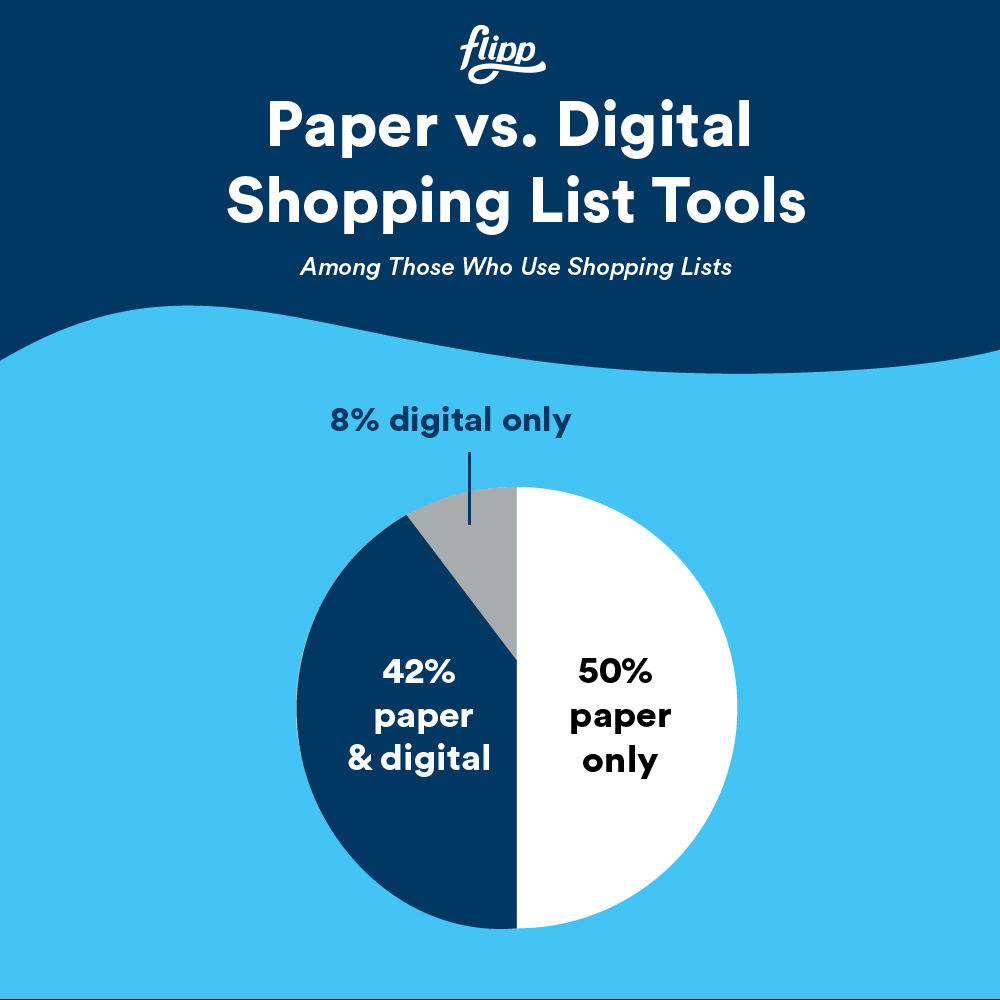
Q: What’s the process of creating a list? Do shoppers make their list right before they go shopping?
Uma: The majority of shoppers treat their shopping list as a flexible document that they add items to throughout the week. We found that only 32% of them make a list all at once. What this tells us is that the planning process is ongoing, and shoppers are more likely to search for deals on the Flipp app multiple times per week. It’s our job to make sure that we have the most up-to-date deals information to help our shoppers. However, only 17% of them follow their list strictly, making the shopping list more of a guide or a starting point.
Q: Does one person usually create a shopping list for their household?
Uma: In half of the people we surveyed, the main household provider is the person writing a list and shopping for the family. The other half share the shopping list with family, making it a more collaborative process. The ‘share shopping list’ feature on Flipp is great for that because it allows two people to collaborate on a single list.
Q: Is there anything else you want to share about shopping lists or Flipp?
Uma: That saving money doesn’t have to be complicated, and we’re always learning from our users about new ways to improve the app and continue our mission of making life more affordable. If you want to be a part of these research studies and help improve the Flipp app, please consider joining our Appinions research panel. We do some fun, monthly giveaway draws for our members and would love for you to be a part of our journey.
To join the Appinions community, click here.















